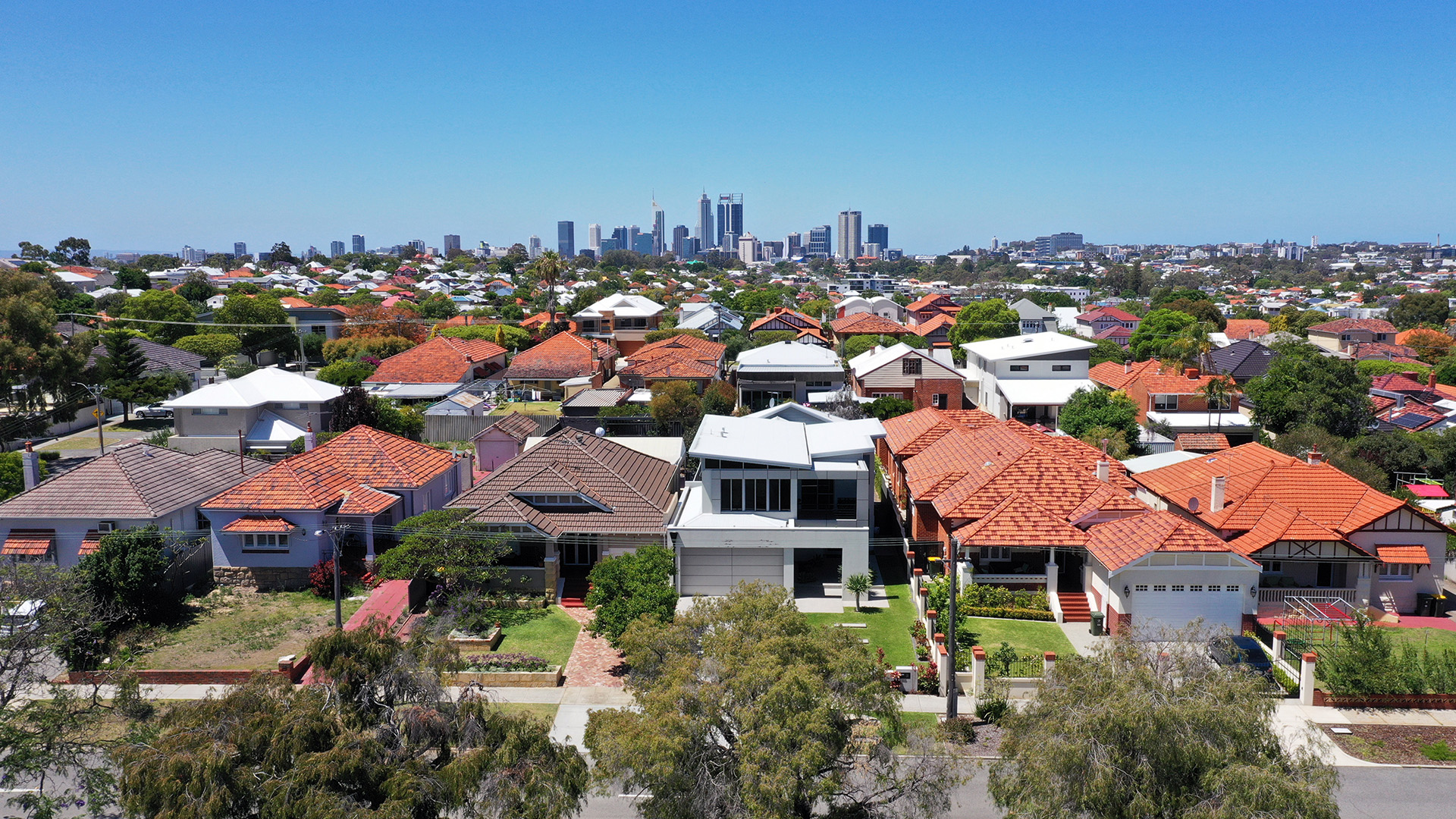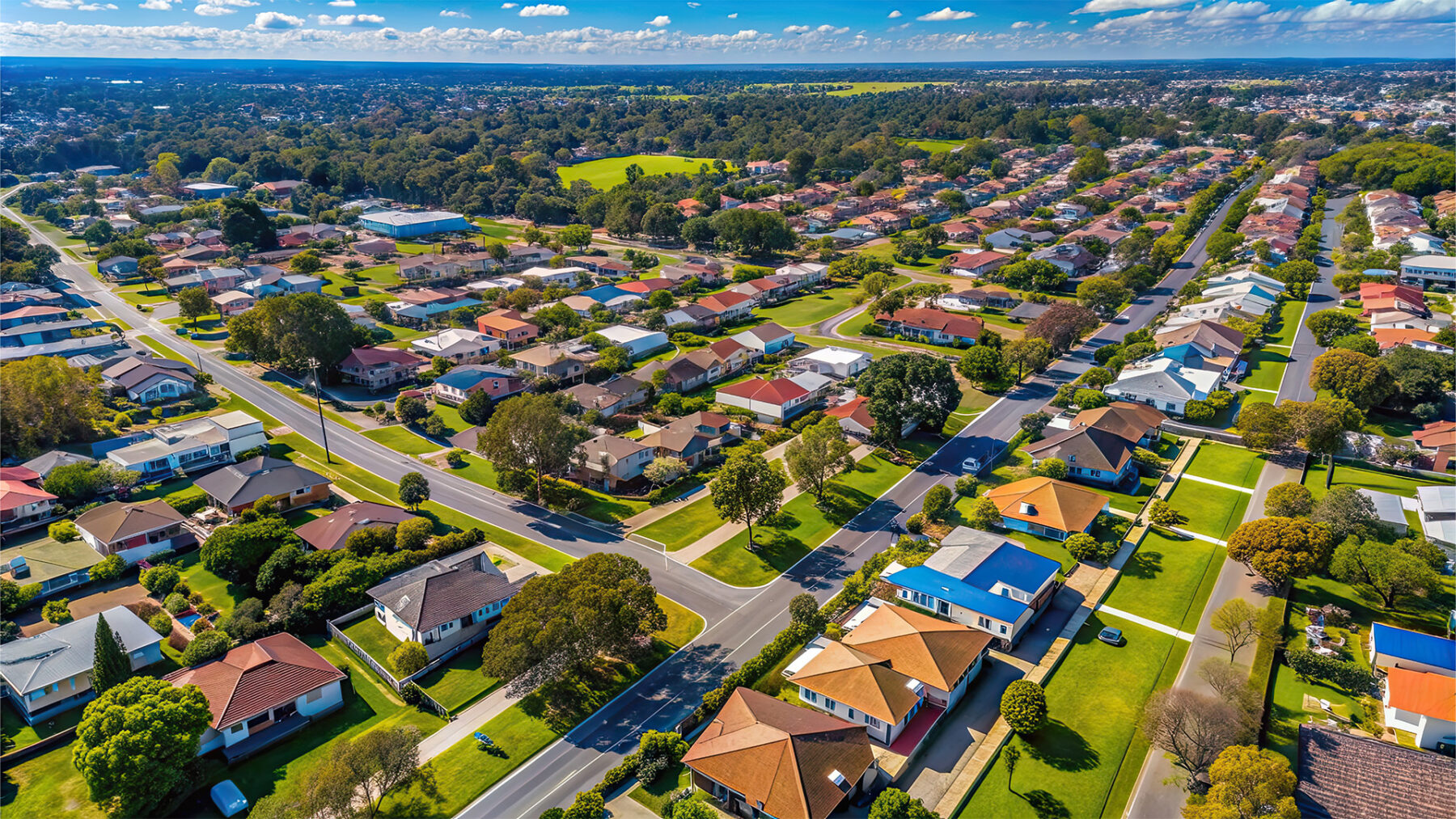Money’s Mortgage Insights State-by-State: Investor Loans in Vic Catch up & Reach Record High in NSW
25 March 2025
Money.com.au has released the latest state-by-state edition of its Mortgage Insights report, showing key trends in the housing loan market for owner occupiers and investors across Australian states.
See the full report on LinkedIn.
Housing loan market trends
Investor loans jumped 22% nationwide over the past year, with 192,843 loans issued — more than three times the growth rate of owner occupier loans, which rose just 6% to 322,273.
If growth trends continue, investor loans could reach approximately 234,000 nationwide in 2025, while owner occupier loans are projected to reach around 341,000.
● For the first time in two years, investor loan growth in Victoria has caught up to owner occupier growth, with both rising 10% year-on-year.
● Investor loans now account for 40% of all new loans in Queensland — nearly double the 22% share recorded four years ago.
● Western Australia saw the largest increase in average annual loan size for owner occupiers, rising 16% to $557,261. For investor loans, WA also recorded the highest growth — up 15.3% to $525,553.
New South Wales
Investor loan numbers reached a record high in NSW last year, accounting for 41.7% of all new loans in the state — up from 29.6% at the end of 2020. This is the highest investor loan share in the state in five years of available data for state-specific loans.
This growth has been largely driven by investor loans for newly built properties, which jumped 34% year-on-year. Notably, this loan type also has the highest average loan size in NSW ($872,306 compared to $827,099 for existing homes) — a sign that investors increasingly favour newly built properties, but also spend more on them due to rising construction costs and government taxes.
Money.com.au’s Property Expert and Director of Soren Financial, Mansour Soltani, says investors in NSW are increasingly favouring new builds in regional corridors.
“We’re seeing more housing density in regional areas outside Sydney, where new estates are offering strong opportunities for investors who want to avoid overcapitalising. At the same time, a significant number of first-home buyers are also opting for these developments as part of their rentvesting strategy,” he says.
Victoria
For the first time in two years, investor loan growth in Victoria has caught up to owner occupier growth, with both rising 10% year-on-year.
While Victoria still sees a higher-than-average share of new loans going to owner occupiers (69%), investor loan growth is gaining ground — though it remains about half the national growth rate. The uptick is largely driven by a 22% rise in construction loans and increased lending for existing properties (9%). However, investor loans for new housing fell by 20% in Victoria, as investors continue to flock to states with lower taxes on new builds.
Despite this shift, Victoria’s loan market remains dominated by owner occupier loans for existing properties, which grew 14% in the past year. Loans for all other types of owner occupier dwellings declined over the same period.
Mansour says Victoria’s high entry and holding costs for property are pushing homebuyers away.
“Victoria is the most heavily taxed state in the country when it comes to property. It has the highest stamp duty of all states, and land taxes on investment properties and second homes are among the most expensive. These upfront and ongoing costs are pushing many homebuyers and investors toward more affordable markets like Queensland and Western Australia,” he says.
Queensland
Queensland remains the second-largest state for investor loans by market share, surpassing Victoria by 8%, though still trailing New South Wales by 26%. Queensland recorded 45,872 new investor loans, compared to 42,567 in Victoria.
Overall, the Sunshine State recorded 26% year-on-year growth in investor lending, which equates to 9,589 new loans — almost matching the 10,808 additional loans in NSW. Most of this growth came from loans for existing properties (29%), with land loans for investors (22%) and construction loans (18%) also seeing solid gains.
Additionally, 40% of all new loans in Queensland are now going to investors, compared to just 22% four years ago.
“The Sunshine State is shedding its lifestyle-only reputation and emerging as a serious hotspot for property investors, with strong growth in loans for land, construction, and existing homes,” says Mansour.
South Australia
Investor loan numbers in South Australia hit a record 13,685 last year, surpassing the previous peak of 13,625 loans set in June 2022.
Investor lending is driving the market, with a 22% annual increase. Investor loans now account for 39% of all loans for existing properties — highlighting the shift in market activity away from owner occupiers.
In contrast, owner occupier loan volumes remain well below their September 2021 peak — down 33%, or 10,000 fewer loans. Overall growth in owner occupier lending was flat at just 0.1% for 2024, dragged down by a 4% decline in loans for existing properties.
Western Australia
Western Australia led the nation in investor loan growth last year — surging 35% year-on-year to 25,660 loans.
Investor lending in WA is now 58% higher than in the previous nationwide loan cycle peak. The surge is broad-based, with strong growth not just in loans for existing properties, but also in land purchases (64%), construction (54%), and new builds (41%) — all showing the highest annual growth rates among investor loan types in 2024.
Despite the investor-led boom, total new loan volumes in WA remain below the peak from three years ago. Owner occupier lending grew modestly in 2024, with loans for existing properties falling 1%.
Western Australia saw the largest increase in average annual loan size for owner occupiers, rising 16% to $557,261. Similarly, for investor loans, WA recorded the highest growth, up 15.3% to $525,553.
Tasmania
Of the six largest states, Tasmania remains the furthest from its 2021 mortgage peak—with total loan numbers still 28% below that level.
While growth is occurring, it lags the national average across both owner occupier and investor segments. Investor loans make up just 26% of Tasmania’s total loan market — the lowest share of any state — and sit 5% behind Victoria, the next most owner occupier dominant state.






